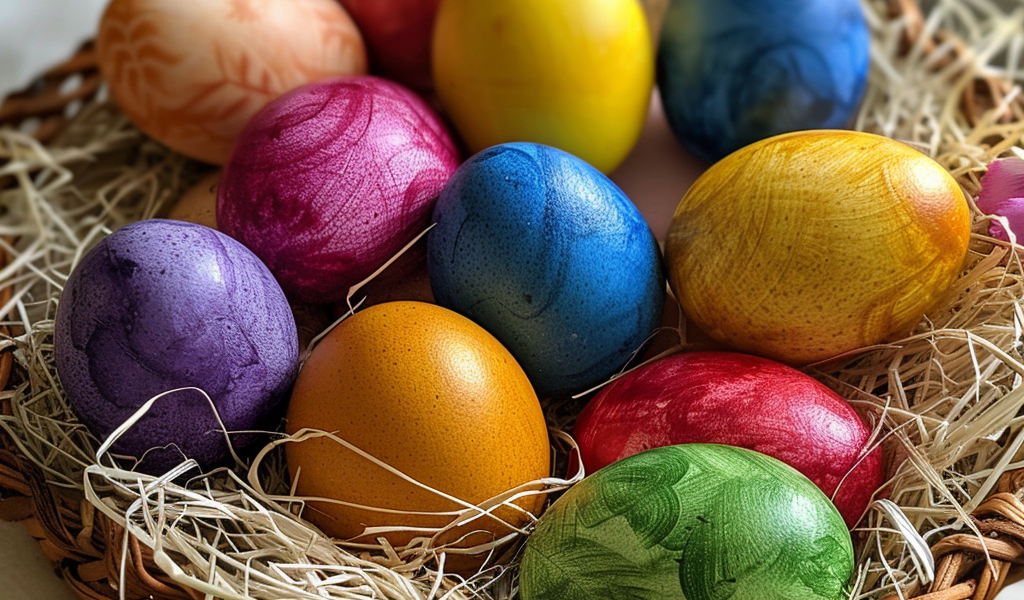Easter, the Christian holiday, is approaching, with Holy Week starting on Palm Sunday. One of the popular traditions during this festive period is dyeing Easter eggs. If you haven’t prepared an Easter egg dyeing kit, there are natural alternatives to explore.
Origins of Easter Egg Dyeing Tradition
The tradition of coloring Easter eggs can be traced back to the Christians of Mesopotamia, where the eggs were originally dyed red to symbolize the blood of Jesus Christ. This practice later spread to Orthodox churches, and eventually to Catholic and Protestant denominations.
Natural Dyes for Easter Eggs
You don’t necessarily need a commercial Easter egg dyeing kit to create vibrant colors. Various ingredients found at home can be used to produce a range of hues. Here are some natural dye options:
- Reddish Pink: Simmer two cups of shredded beets with two cups of water to create a reddish-pink color for white eggs and a maroon color for brown eggs. Add a tablespoon of distilled white vinegar for every cup of strained liquid dye.
- Reddish Orange: Use two cups of red onion skins to achieve a pretty shade of reddish-orange on white eggs or red on brown eggs. Again, add vinegar as mentioned above.
- Orange: Create an orange hue by simmering two cups of yellow onion skins with water. This will result in orange on white eggs or a rusty red on brown eggs. Add vinegar as instructed.
- Yellow: For a yellow color, mix 1/4 cup of ground turmeric with water. This works for both white and brown eggs. Don’t forget to add vinegar.
- Green: Use two separate dyes – chopped purple cabbage and ground turmeric. Soak the egg in both liquids to achieve a green color. Remember to add vinegar.
- Blue: Boil two cups of chopped purple cabbage to create blue on white eggs and green on brown eggs. Alternatively, use two cups of blueberries to make blue dye for both types of eggs. Add vinegar to each dye.
- Lavender: Soak eggs in a dye made from two cups of dried hibiscus flowers to create lavender or indigo eggs. Vinegar should be added to the dye.
These natural dyeing alternatives offer a creative and eco-friendly approach to Easter egg decoration. By utilizing common kitchen ingredients, you can enjoy the traditional activity of dyeing Easter eggs while embracing natural and sustainable practices.





